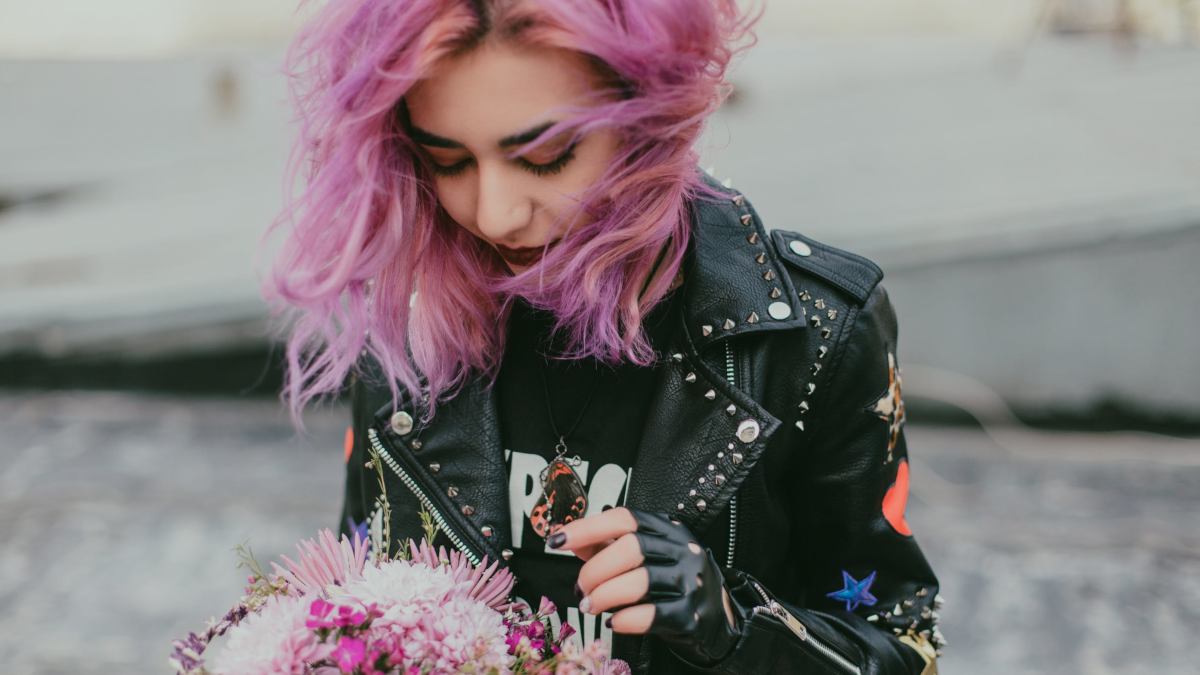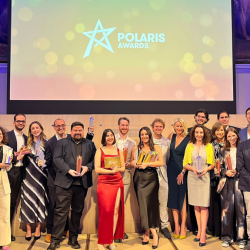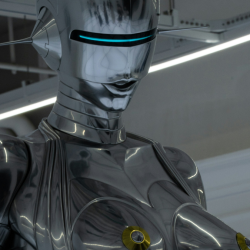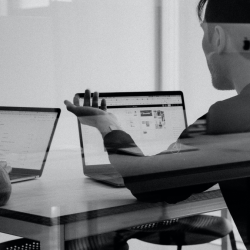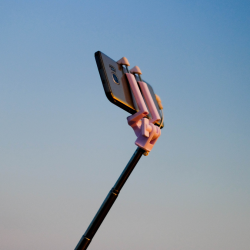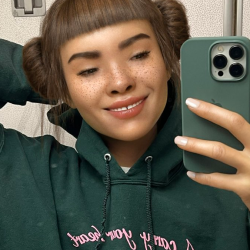Aitana Lopez is a 25-year-old Scorpio with pink hair
She’s a fan of video games and fitness, and shares photos of herself in brands such as Nike, Balenciaga and Victoria’s Secret to her 260,000 Instagram followers. Aitana is not real. Created by Spanish AI model agency, The Clueless, AI-generated model Aitana emerged as a response to the rising costs of influencers. Speaking to Euronews, Co-Founder of the agency, Rubén Cruz, said they realised that projects were being cancelled due to problems beyond their control. ‘Often it was the fault of the influencer or model and not due to design issues,’ he said.
Now, reportedly making up to 10,000 Euros a month, Cruz and Co-Founder Diana Núñez’s Aitana has built a solid income and loyal fanbase — whether they know she’s real or not.
‘When we launched her on social media, even though we made it clear she was an AI-generated model, it turned into a fascinating social experiment,’ Núñez told MediaCat Magazine. ‘From day one, we received compliments on her beauty, invitations to hang out in the city, and more. Even after the media revealed she was an AI creation, many followers still expressed their love for her.’
Interested fans can also pay $15 a month to access Aitana’s exclusive content on Fanvue — a content creator platform that is leaning into AI-generated content, and claims to be the ‘fastest growing platform in the creator economy.’ But are brands actually incorporating AI influencers into their marketing strategies, and should human creators be worried?
Creator or created economy?
In April 2023, Goldman Sachs estimated that the creator economy is a $250 billion industry, and could reach $480 billion by 2027. According to the data, brand deals make up the main source of revenue at about 70%, and virtual influencers are already taking a chunk of that money.
Earlier this year, virtual influencer Lil Miquela, who burst onto the scene in 2016 and now boasts over 2.6 million followers on Instagram, partnered with BMW for the launch of the first all-electric model of the X2 Series, the iX2. The campaign, aptly named ‘Make it Real,’ was Miquela’s biggest brand collaboration to date. Although not AI-generated, Lil Miquela has paved the way for influencers created with technology — and AI only pedals this further.
In an interview with India Today, Himanshu Goel, Founder of India’s first virtual human company Futr Studios, said their virtual model Kyra has partnered with brands like L’Oréal Paris, Boat, and Titan. India Today estimated that each post from Kyra’s Instagram earns roughly Rs 20 to 25 lakhs, equivalent to up to £24,000.
Stevie Johnson, Manager Director of influencer marketing agency, Disrupt Marketing, said working with AI influencers can be a positive brand move. ‘For brands, their role with them [AI influencers] will have value as they can maintain control over messaging and brand alignment, and look to increase trust and loyalty among their audiences. As a result, there is more and more benefits to these types of creators.’
Brands have been experimenting with virtual and AI influencers for some time, and there is no slowing down. According to Ogilvy’s 2024 Influence Trends report, 63% of marketers are planning to use AI tools in their influence campaigns in 2024. Notably, in 2022 H&M saw an 11X increase in ad recall by featuring virtual content creators in its Instagram video ads to promote its Innovation Metaverse Design Story collection. With AI influencers still relatively new, it can be argued that the results of these campaigns are mostly due to their novelty. That’s why, for human creators, Johnson says that ‘authenticity will become more important than ever.’
‘Ultimately, the creator needs to create a connection with their audience. AI cannot replace humans with that,’ he said. Despite this, he noted that virtual influencers are ‘building out their own beliefs, personality traits, and perspectives, which is allowing them to become more authentic in their storytelling.’
Working alongside AI
To compete with their artificial counterparts, some human creators have started dipping their toes into creating their own AI doubles. On the brink of burnout, one YouTuber created an AI replacement of himself, allowing him more time to focus on self-care and other areas of his business. In 2024, he is planning to take his AI experiments even further by collaborating in videos with his AI double. The below video is entirely AI-generated.
Late last year, Meta launched 28 AI-powered celeb-based chatbots with ‘unique interests and personalities’ for users to interact with. Kendall Jenner, Naomi Osaka, Paris Hilton, and Snoop Dogg were among the celebrities paid to contribute. According to The Information, Meta reportedly paid one top creator (who goes unnamed) as much as $5 million over two years, for as little as six hours work.
Núñez says human creators will need to adapt, focusing on more strategic and creative roles and leaving the production of repetitive content to AI. ‘Ethics and transparency in the use of AI influencers will become crucial,’ she says. ‘Human creators will have to develop new skills that complement AI, such as programming and data analysis, while maintaining their unique creative abilities. Additionally, the integration of AI will open new monetisation opportunities and business models for human creators.’
There’s a range of ethical and legal issues around AI influencers and deepfakes that have been debated for over a year now. Regulation of AI disclosure, the sexualisation of women, and the spread of misinformation are some issues that merely scratch the surface. But for the creators of Aitana, their outlook is positive.
‘Looking ahead, our dream for Aitana is to hear her voice and see her in videos — picture Ana de Armas in Blade Runner 2049. Imagine talking with Aitana at home through virtual reality glasses; we believe AI is here to stay, bringing incredible innovations.’
Featured image: Anastasiya Lobanovskaya / Pexels

















